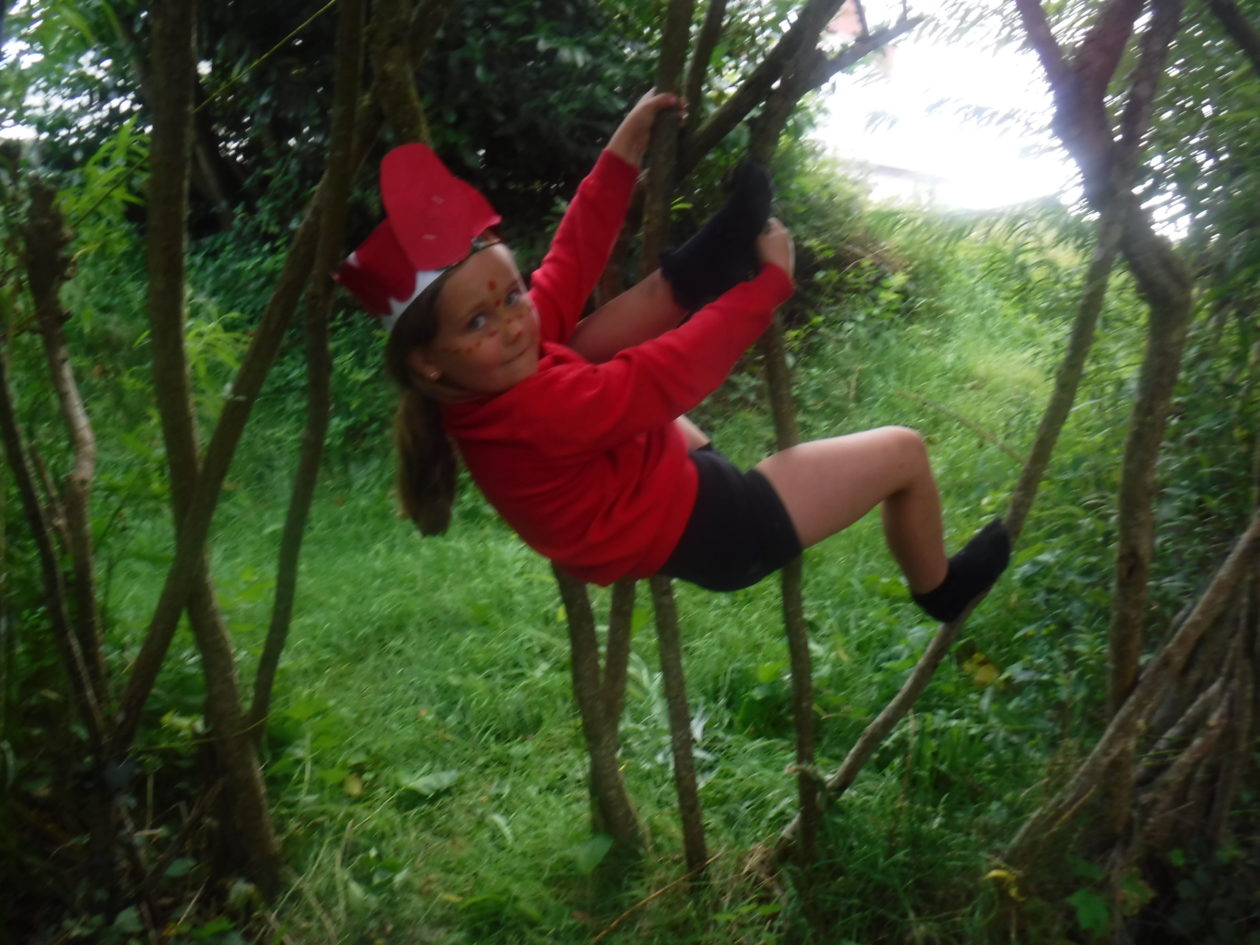Here’s a PowerPoint presentation from Josie.
Barnacle Goose Quiz Answers
Hi Everyone, I promised I would put the answers for the barnacle goose quiz up today. Well done to those of you who posted your answers, you all had good answers! I’ll post the questions again with the answers, so you don’t have to look back for them.
Lottie’s Barnacle Goose Quiz
P4/5 Teams Catch Up
It was lovely to catch up with some of the Primary 4s and 5s today. The sound quality wasn’t great in the hub, so I hope we didn’t deafen you with our shouting! Thank you to those of you who persevered and kept talking and signing until we could hear you.
Barnacle goose wings!
Storytelling in the hub today
We found objects in the school grounds and made up stories about them.
We brought our objects inside and had a practice at telling the stories about our objects. The children have come up with some great ideas, and have even worked in pairs to put some objects together to make joined-up stories. Hopefully they will get chance to video some of these stories to put on the blog later in the week.
In the meantime, here are the photos of the children with their objects – can you guess what their stories will be?
Adopted Polar Bear Name – Time to Vote!
Hi Everyone,
Miss Brockie-Donald’s gift of the adopted polar bear still needs a name. We have had lots of suggestions, so in the hub today we narrowed the names down with a vote, and now the vote is open to everyone. There was the question of whether it is a boy or a girl, but we decided it can be either.
So, here are the names to vote on:
Cosmo Snowy
Bob Milo
Please cast your votes in the reply section below. (Or you can always email if you’d like to vote anonymously.)
Arctic dioramas in the hub
Abigail’s Story
Storytelling and Reading
Hi Everyone,
As it is National Storytelling Week, I’d like to explain the difference between storytelling and reading. You CAN tell a story by reading a book. But storytelling began long ago, before books were even written. Stories were passed on by word of mouth, by dance, by acting out. Sometimes props were used to help the storyteller show their audience what happened. Sometimes the props were an aid to remind the storyteller what to say. (When you’ve watched my film you can tell me what my props were, so that I didn’t forget!) Story sticks were a way of remembering the story of a journey. Even bees tell stories – when they return to the hive they dance a story to tell where the best flowers are for pollen to make honey. Because stories were mainly spoken they would often be very slightly different every time they were told. Like a recipe, passed on through the generations or to friends, everyone adds their own tasty ingredient or takes out the bits they don’t like. And that’s ok, as long as the main idea of the story is kept.
So, when telling a story, sometimes it’s good to read a book and show the pictures. Pictures are a great prop! But sometimes when telling a story it’s good just to retell the story, in your own words. The parts that were exciting or interesting to you are the parts you remember best. Those parts become the parts you pass on to your audience in an exciting and interesting way and that’s what they will remember, to pass on to the next person.
You can tell true stories that really happened to you. Or you can tell someone else’s story. I hope you enjoy the story I tell in the film. It is part of a bigger story, by one of my favourite authors, Douglas Adams.























